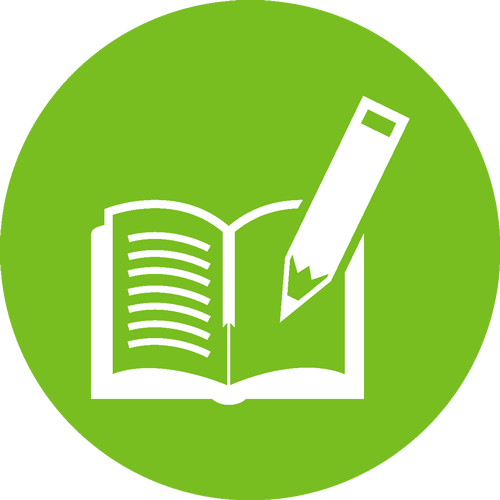Addressing Plagiarism
Assessing Student Learning (read full series)
What is it?
Plagiarism is defined in the following way: “In an instructional setting, plagiarism occurs when a writer deliberately uses someone else’s language, ideas, or other original (not common-knowledge) material without acknowledging its source” (CWPA, 2003)1 . It can include taking credit for any work (i.e., books, articles, experimental methodology or results, compositions, images, lectures, computer programs, internet postings created by another person (UCD, 2016).
Research
Specifically addressing plagiarism in the classroom can be one of the most effective strategies for helping students avoid it (Thomas & Sassi, 2011). Teachers often assume that students have already been taught ethical citation practices and what constitutes plagiarism; in reality, some students may have little to no experience with this topic at all (Pearson, 2011). Assignments designed to discourage plagiarism were statistically associated with lower instances of it (Heckler et al., 2013).
Data
 of UCD students rated their library and online information skills as good (or very good or excellent) at matriculation.
of UCD students rated their library and online information skills as good (or very good or excellent) at matriculation. of UCD students report that they have often (or very often) heard clear explanation of what constitutes plagiarism (UCUES, 2018).
of UCD students report that they have often (or very often) heard clear explanation of what constitutes plagiarism (UCUES, 2018).
Teaching Strategies
-
Design and sequence your writing assignments in ways that discourage or avoid opportunities for plagiarism.
-
Help your students develop strong reading skills and ask them to cite a variety of different sources from varying points of view. Also discuss how to evaluate the credibility of sources.
-
Ask students to submit multiple drafts of their project at various stages of development. A variation on this is to ask students to complete research portfolios that include previous drafts, outlines, annotated bibliographies, and other process work.
-
Design active writing assignments that ask students to do more than just regurgitate information they found from sources.
-
If suspicious of plagiarism, consider the intentionality behind it; has the student deliberately plagiarized, or have they misused a source?
Students say ...
- “I had a course where we practiced reading and interpreting complex scholarly works during class. This not only helped with comprehending but also when it came time for writing because I could more easily put it into my own words.”
- “Some course syllabi include pointers about how to avoid plagiarism. These serve as helpful reminders to me, especially in writing intensive classes.”
Reflection
- Consider the clarity of your policies and expectations for the use and misuse of sources in your classroom. How do you discuss these policies and the underlying implications of plagiarism with your students?
- Think back to times when you took disciplinary action. How did you consider what you wanted the student to learn from the experience? Instead of failure of the assignment or course, might it have been an effective learning experience for the student to recreate the research process and rewrite the paper?
- 1List of all references in the complete JITT Guide.






